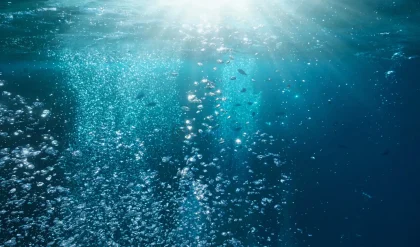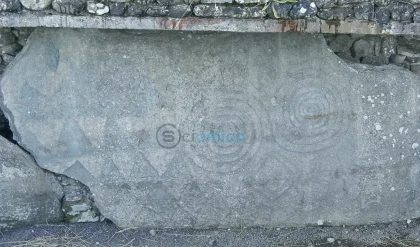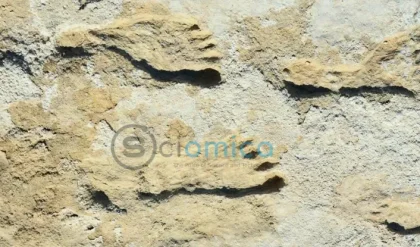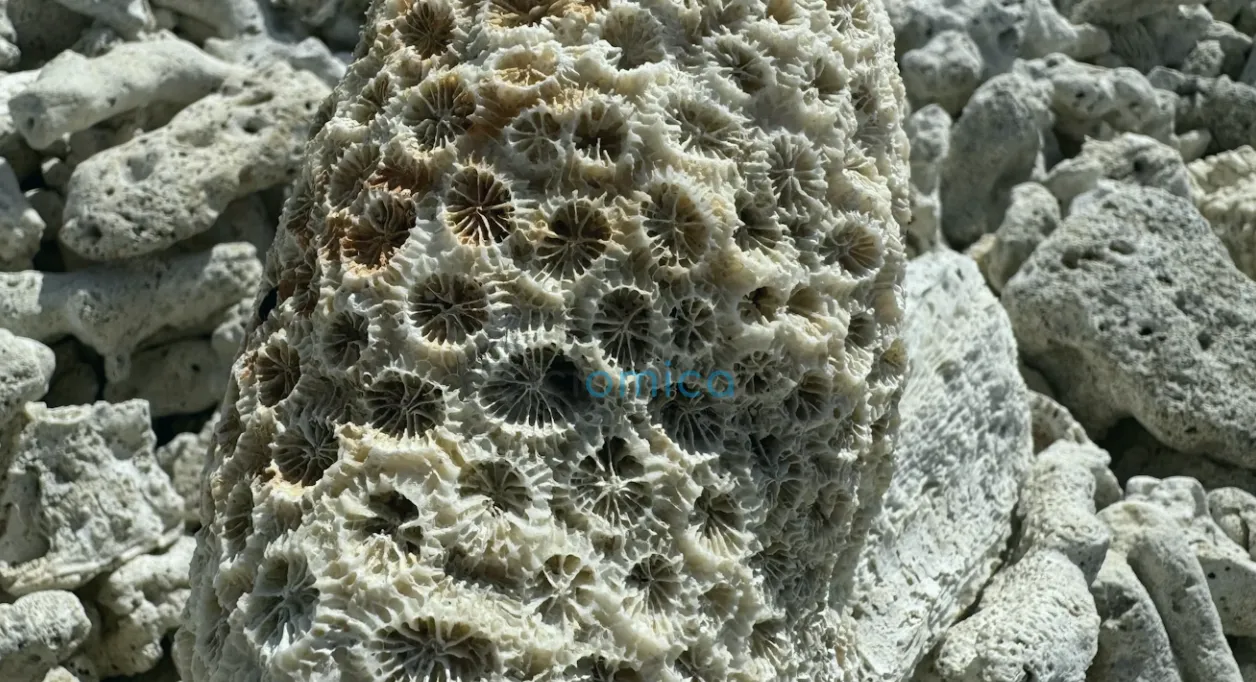
Coastal planners are facing alarming new insights from fossilized corals discovered in the Seychelles islands, indicating that sea levels may rise more sharply in the warming world than previously estimated. Andrea Dutton, a geoscience professor at the University of Wisconsin-Madison, alongside her PhD student Karen Vyverberg from the University of Florida, spearheaded an international team including experts from several prestigious institutions. Their collaborative research has yielded significant findings that will be published in the journal Science Advances on June 13.
The fossilized corals, which are remnants of species that thrive only in shallow waters close to the sea surface, provided researchers with an invaluable opportunity to reconstruct historical sea levels. This tropical environment distanced the corals from ancient ice sheets that could skew findings related to local sea levels. By determining the ages and analyzing the sediments of around two dozen coral fossils at various elevations, the researchers unearthed critical insights into the relationship between climate and sea levels throughout history.
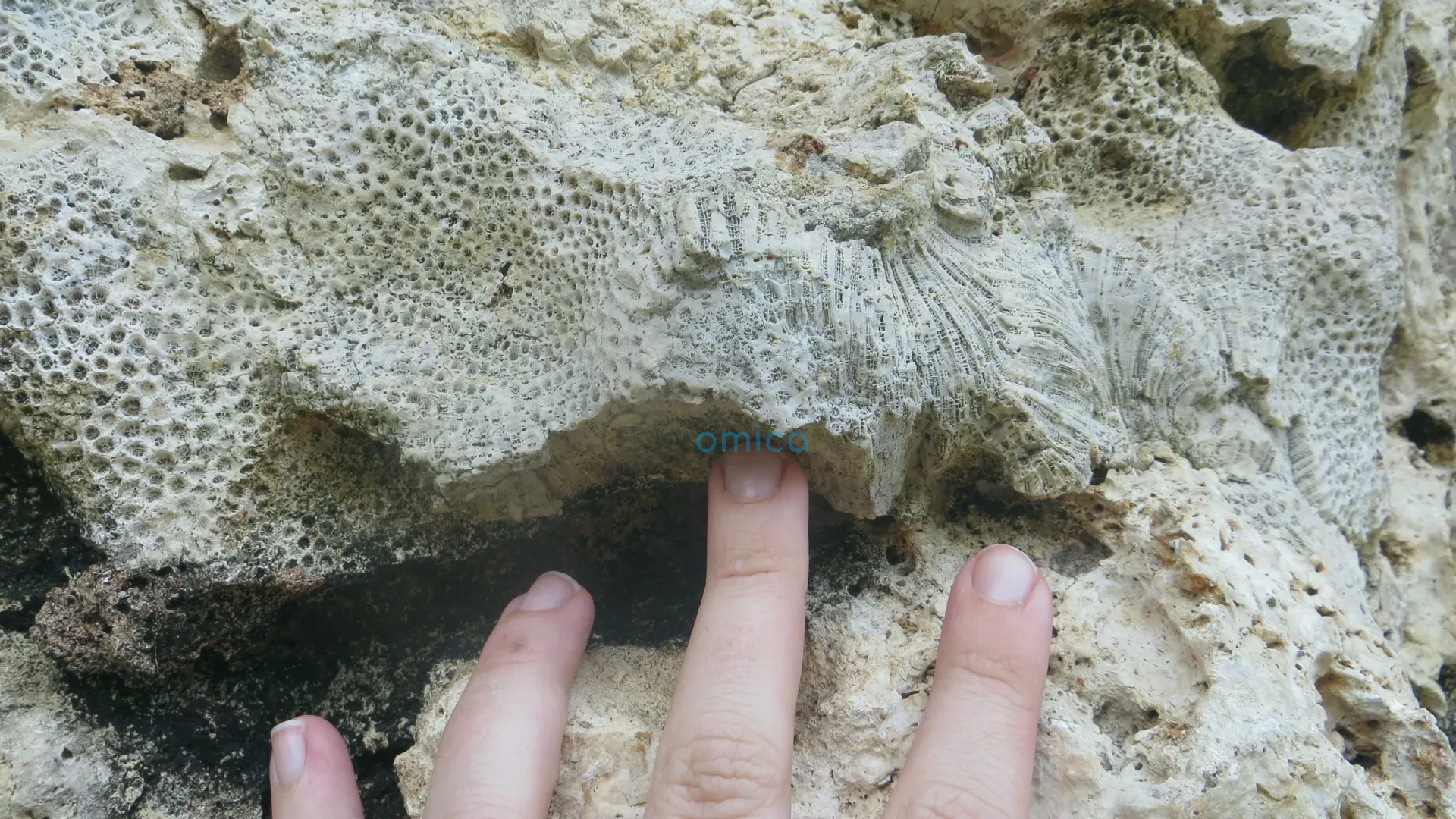
The study confirmed that peak global sea levels occurred around 122,000 to 123,000 years ago, during the Last Interglacial period when temperatures closely mirrored today’s. This precise dating enhances our understanding of global climate dynamics and their influence on sea levels. More startling, however, is the identification of three distinct periods of rapid sea-level increase during the 6,000 years leading up to the peak, characterized by fluctuations linked to the rapid changes in polar ice sheets located thousands of miles away from the Seychelles.
Dutton stressed the significance of these findings for coastal planners and policymakers. “This indicates the potential for rapid changes in both ice sheet volume and sea level,” she noted, adding that these variations are critical for risk management strategies. The researchers’ observations reveal stark contrasts between the climate events of the Last Interglacial and today. Notably, as global temperatures rise, the polar ice sheets experienced growth and shrinkage at different times due to disparities in temperature changes between Earth’s hemispheres.
One particularly alarming observation made by the researchers was that a sharp rise in sea level coincided with the probable collapse of the last remnants of a major North American ice sheet, based on evidence from Atlantic research. Dutton pointed out that previous models did not adequately account for the North American ice sheet’s role in sea-level changes during this period. If significant ice existed in North America thousands of years into the Last Interglacial, this suggests that higher sea levels recorded during that time would have required additional meltwater contributions from ice sheets like Antarctica. This revelation points to Antarctica’s greater sensitivity to warming than previously understood, hidden by the presence of ice in North America.
Overall, the findings shed light on the likelihood of more aggressive sea-level rise than current predictions reflect. Dutton warns that we may be looking at potential sea levels rising up to 10 meters globally based on existing warming trends. However, there is a glimmer of hope: Dutton emphasizes that society has the power to mitigate these impacts. Reducing greenhouse gas emissions sounds a rallying call for proactive measures to avert dire scenarios, underscoring the urgency of environmental action. Notably, this important research received funding from the National Science Foundation, highlighting the critical role of federal support in advancing our understanding of climate change and its implications.
Reference:
- Karen Vyverberg, Andrea Dutton, Belinda Dechnik, Jody M. Webster, R. Lawrence Edwards, Dan Zwartz, Pu Zhang, Mathieu Pythoud, Robert M. DeConto. Episodic reef growth in the Last Interglacial driven by competing influence of polar ice sheets to sea level rise. Science Advances, 2025; 11 (24) DOI: 10.1126/sciadv.adu3701


